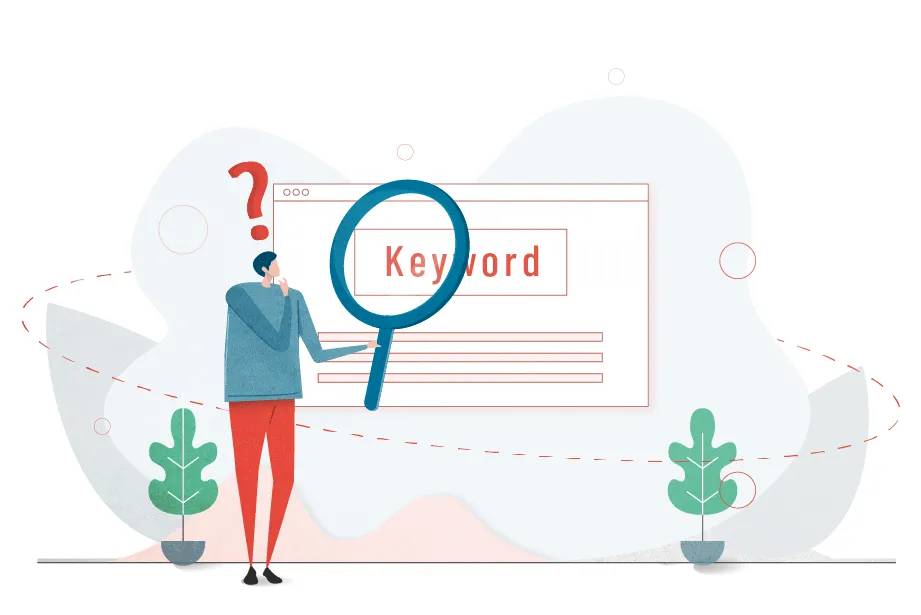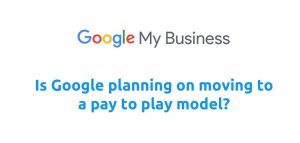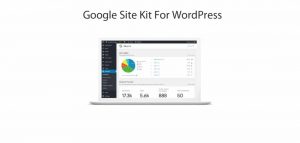There are so many small business owners that want to know how to get their website ranking at the top of Google. And they’re right because that’s where all that traffic is. Once you’re ranking well it’s like having a steady stream of people walking past the front door of your business. Depending on the search volume it can be so much traffic you could never replicate it with a physical storefront.
The basics of good search engine optimisation are relatively simple. It’s not rocket science and in my opinion we give a little too much credit to the Google algorithm (which consistently changes). That being said, it is labour intensive and requires a significant time investment to achieve real results.
Let’s go over the basics of the process for those of you who can’t afford to get your SEO done professionally.
Keyword Research
Before getting started on your SEO adventure you’ll need to know where the money is. In other words… which keyword searches have the potential to result in revenue if I can get them to my website. There’s a lot of keyword research tools out there, but those starting out can begin with the keyword planner in Google Ads.

Start by looking at the competitors that are ranking 1st through to 10th for the services you provide. Chances are that the leaders in your industry are already running SEO campaigns and their websites have been optimised for the keywords they’re targeting.
Don’t take any shortcuts in the keyword research phase of your SEO efforts. You need to know which searches have the highest volume and more importantly which searches have the right intent.
Some keywords will be more general and will have a larger volume of searches each month. This is to be expected because with generalised searches the customer is only just beginning their journey and hasn’t yet narrowed their search for the service or product.
Other keywords will be more specific indicating that the customer is looking for a specific product model or service. These searches are usually further along the customer journey and therefore closer to purchase. It’s good to be there at all stages of the customer journey but you need to be ranking well when the customer is searching specifically for your product or service.
On Page SEO
It is what it sounds like. It’s usually a good idea to dedicate a specific page and ensure that the page content is relevant to the search query. Essentially this is achieved by doing good keyword research and including those terms on the page in a way that makes sense to both the search engine and your customers. Ensuring that you’re giving Google it’s understanding of the search query’s intent.
You’ll need to ensure that you’re laying out the page’s website design in a logical manner using a hierarchy of headings for the topic areas and keywords you’re targeting. Include relevant images that have been named appropriately and ensuring that the ALT attribute is set. Advanced on page SEO utilises schema to send further signals about the page’s relevance.
Additionally it’s smart to setup other pages on your site that cover topics that are relevant but not competing with the page you want your users to land on. This will add further context from within your own site that boosts your target page’s overall relevance.
Off Page SEO
Once you’re happy with the on page content it’s time to give Google and the other search engines some contextual signals from other external websites. What are contextual signals? These are the exact same keywords and elements that you’ve used on your own website, but on other external websites.
By linking back to your website from other quality websites you’re sending a signal to Google that these websites are demonstrating trust and interest. The more of these elements you can manage to set on each individual external website the better. Providing these external websites are not dubious then generally the more of them you have the better.
Click Through Rate
The click through rate or CTR is the percentage of times your search result is clicked on when it’s shown for a search query. Generally when you’re ranking 1st in Google search you’ll get 18% – 30% of the available traffic. It’s imperative that your page title makes the searcher want to click your result. Give them a reason to click yours instead of your competitors.
There is a definite correlation between click through rate and improved rankings. Think about it from Google’s point or view. Their customer comes to Google and searches for a service or product you provide. Google presents a list of results based on what it knows about the query. The results that get the clicks are obviously more interesting to the searcher and that’s a positive signal to Google.
Page Interactions
Once your result has been clicked on you’ll want the user to stay on the page and then take action. This indicates to Google that your website has satisfied the query and sends another positive signal. When the user clicks your result but bounces back to the search results this is often interpreted negatively.
If your page satisfies the query, get the user to take action and let Google know about that positive action. Do they click to call, fill in a contact form or move onto another page on your website? All of these actions will add to your SEO strategy and help you to rank better.
Summary
Sounds pretty simple right? It is and it’s not. It needs to be taken in the overall context of your market. Usually every single result ranking on the 1st page of the Google search results has dedicated SEO services pushing the business higher. So there’s a decent number of relatively skilled people doing their best to outsmart each other.
This means you can’t skip any of the above and they need to be done well. None of the areas I’ve mentioned above are difficult to understand technically, however they do require a lot of time, patience and persistence.




